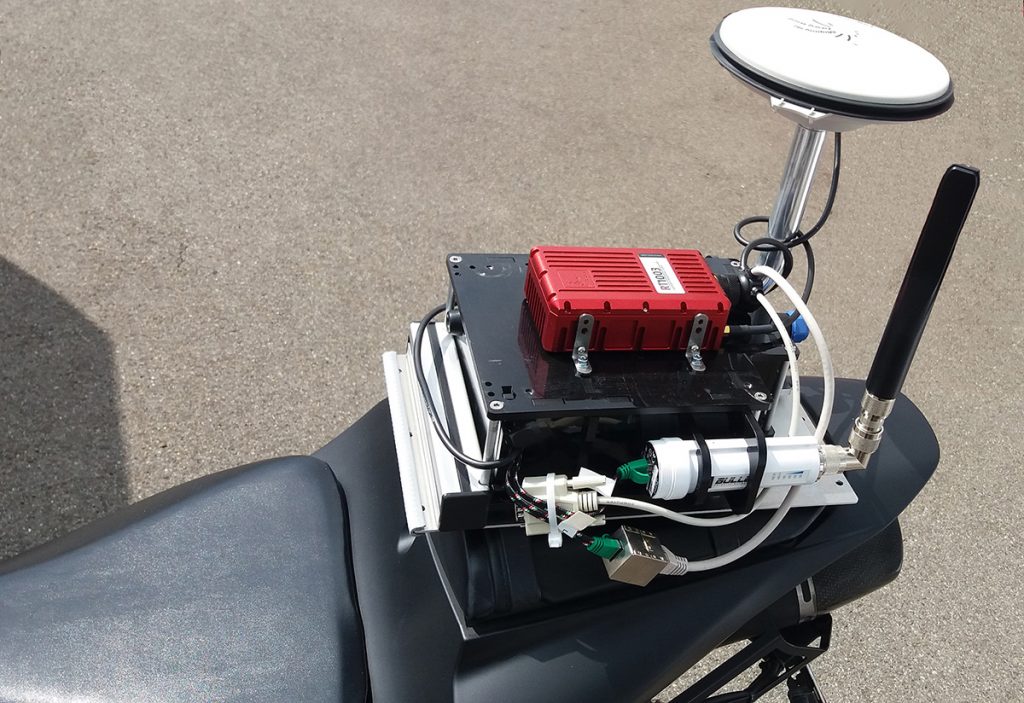회사소개
연혁
Global Partners
경영이념
인증현황
인재채용
제품소개
Track Testing
ADAS Test Targets
Driverless Testing Solution
INS (Inertial Navigation System)
LiDAR
Video Grabber and Playback Systems
Laboratory Testing
Driving Simulators
Sensor & Transducers
Consultancy Work
고객문의
찾아오시는길
기술문의
견적문의











 TOP
TOP